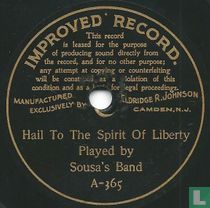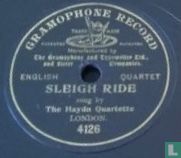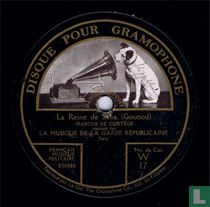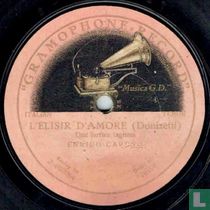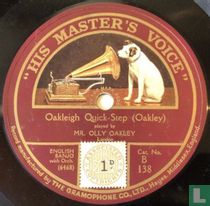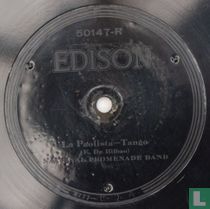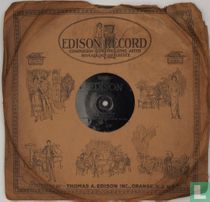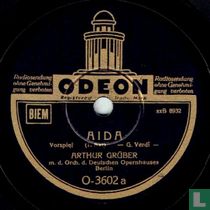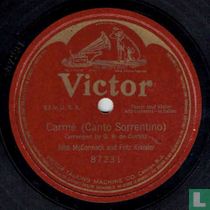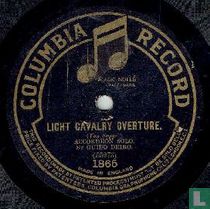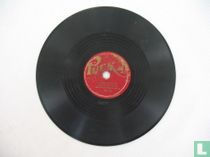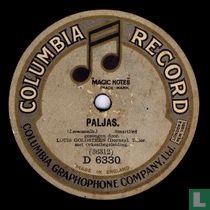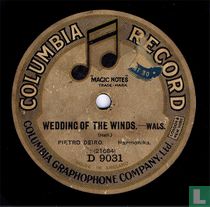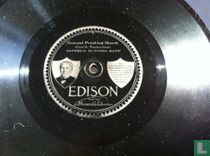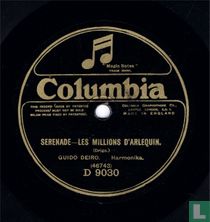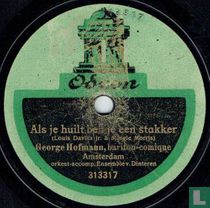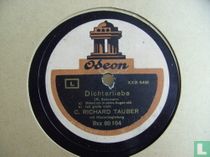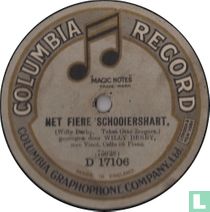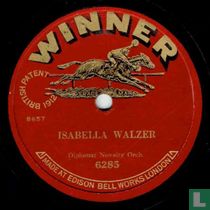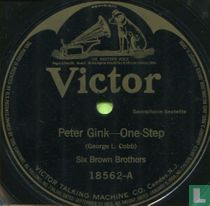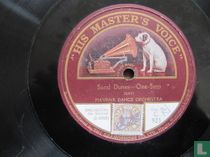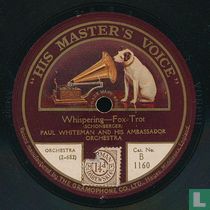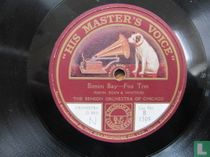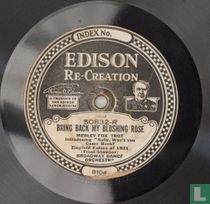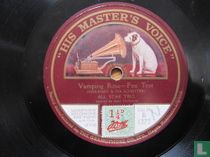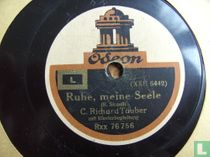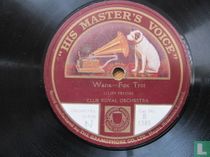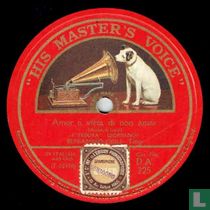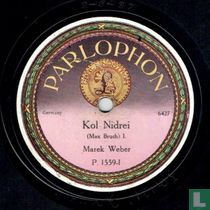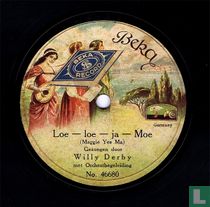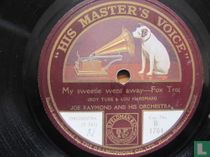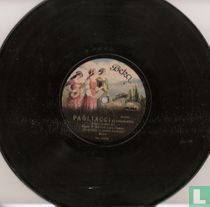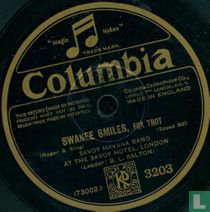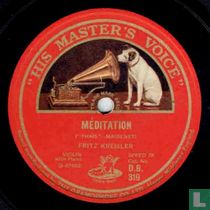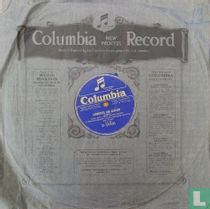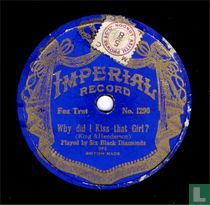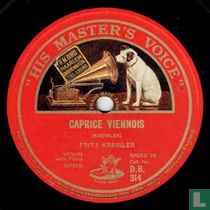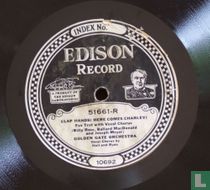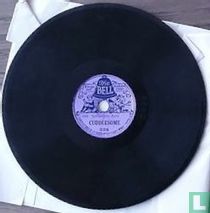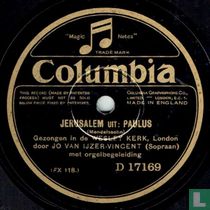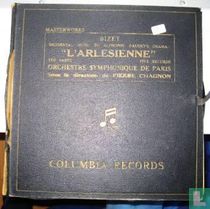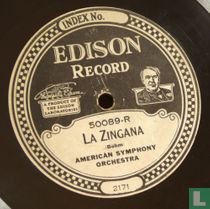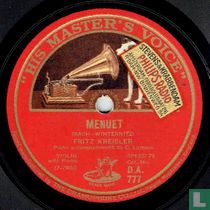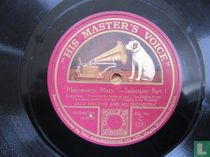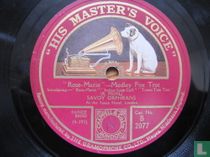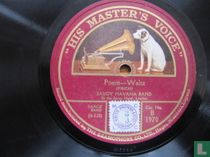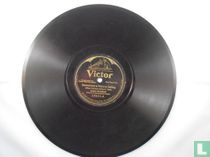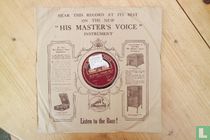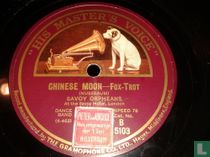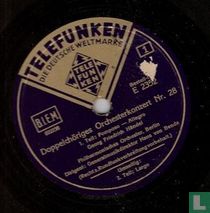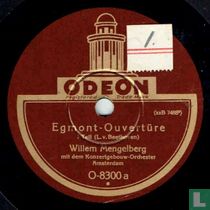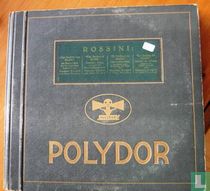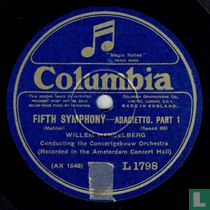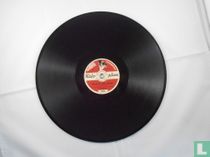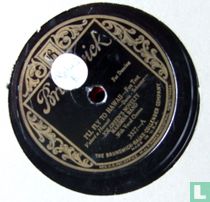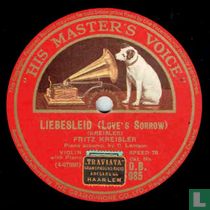Na de uitvinding van de grammofoon omstreeks 1900 werd de 78 toeren-plaat (10 inch, de groeven van buiten naar binnen draaiend) algauw de standaard als muziekdrager. De relatief hoge omloopsnelheid (78 toeren) was nodig om hogere frequenties te kunnen bereiken. Hierdoor was het geluid beter van kwaliteit dan bij het afdraaien op lagere snelheden (later, o.a. door het gebruik van andere materialen was het wel mogelijk om op lagere snelheden een goede kwaliteit te bereiken).
Groot nadeel was de korte speelduur (ongeveer 2 maal 3 minuten). Voor langere stukken klassieke muziek gebruikte men soms 12 inch platen.
Aanvankelijk werd deze grammofoonplaat door de industrie gezien als een bijproduct, een noodzakelijk kwaad, dat werd verkocht in onaantrekkelijke papieren enveloppen. Men was meer geïnteresseerd in de verkoop van grammofoons/platenspelers. In oude radio/grammofoon-winkels was dit tot de jaren 60/70 terug te zien in de presentatie: de apparatuur werd getoond in de etalage en de grammofoonplaten stonden ergens achterin de winkel, in een verloren hoekje.
Omstreeks 1939 introduceerde Alex Steinweiss de moderne platenhoes, waardoor de verkopen plotseling meer dan verdubbelden. En toen in het begin van de jaren 40 met enige regelmaat meer dan een miljoen platen van een song werden verkocht (bijvoorbeeld " All or Nothing At All " van Frank Sinatra in 1943), begon men pas echt te begrijpen dat er veel geld te verdienen was met de verkoop van grammofoonplaten. Hierna ontstonden er bedrijven die zich uitsluitend bezig hielden met de verkoop van de platen en niet meer met de verkoop van platenspelers.
Door deze ontwikkelingen ging de industrie experimenteren met verbetering van technieken en andere snelheden en andere formaten. Columbia koos voor de langspeelplaat op 33 1/3 toeren (aanvankelijk 10 inch) en RCA ontwikkelde een "extended play"-plaatje op 45 toeren (7 inch). In 1948 kwam de eerste LP uit; enige jaren later volgde de eerste E.P. Omstreeks dezelfde tijd, in 1949, introduceerde RCA een vervanger voor de 78 toerenplaat: de 7 inch single, waarvan de geluidskwaliteit aanzienlijk was verbeterd. Dit bleek de doodsteek voor de 78 toerenplaat.
In Nederland en België ging de productie van de 78 toerenplaat nog door tot omstreeks 1960. In India, waar aansluitingen op het electriciteitsnet schaars waren (en weinig betrouwbaar), bleef de opwindgrammofoon en de bijhorende 78 toeren-plaat populair tot aan het eind van de 20e eeuw.
Meer wetenswaardigheden:
Tot 1904 werd slechts één kant van de grammofoonplaat gebruikt (voor voorbeeld zie Catawiki nr. 4287851). Overigens werden deze enkelzijdige grammofoonplaten nog zeker tot 1925 geproduceerd (o.a. door Victor).
De meeste 78 toeren platen zijn gemaakt van schellak, d.w.z. een mengsel van een derde schellak en tweederde minerale vulmiddelen (o.a. klei). Schellak is een wasachtig materiaal, dat wordt gewonnen uit de afscheiding van een lakschildluis. Deze luis leeft op bomen in India en omringende landen;
Soms werden 78 toeren platen gemaakt uit andere materialen, zoals bijvoorbeeld vinyl of de kunststof Durium. Voor de techniek van de destijds gangbare grammofoons, bleek schellak toch het meest geschikte materiaal. Dikwijls werden/worden de schellak-grammofoonplaten ten onrechte bakelieten platen genoemd;
Kort na (en overigens ook tijdens) de Tweede Wereldoorlog was er in Europa een groot tekort aan schellak. Om in Nederland één nieuwe plaat van Decca te bemachtigen, moest men twee grammofoonplaten inleveren én de normale prijs betalen. De ingeleverde platen werden in snippers geknipt en vervolgens verpulverd. Het overblijvende poeder werd gebruikt als grondstof voor een nieuwe plaat. De platen van Columbia werden niet ingenomen, omdat deze papier bevatten. Het inleveren duurde tot 1948 (bron: Leo Boudewijns "Een fonografisch geheugen", Uitgeverij De Prom,1976, blz. 50/51). Geïnteresseerden kunnen op Youtube het filmpje "Nieuwe grammofoonplaten persen van oude" (1943) bekijken hoe het terugwinproces in z'n werk ging.
Voor het oppervlak van de Edison Diamond Disc Records gebruik werd gemaakt van Condensite, een variant van bakeliet/bakelite. Deze platen konden alleen worden gedraaid op speciale afspeelapparatuur met 80 toeren per minuut, voorzien van een diamanten naald. Op deze apparatuur konden de "gewone" 78 toerenplaten niet worden afgespeeld (zie tekst bij : Edison Diamond Disc).
De oude grammofoons werden aangedreven door een opwindbare veer. Later kwamen er elektrische modellen.
